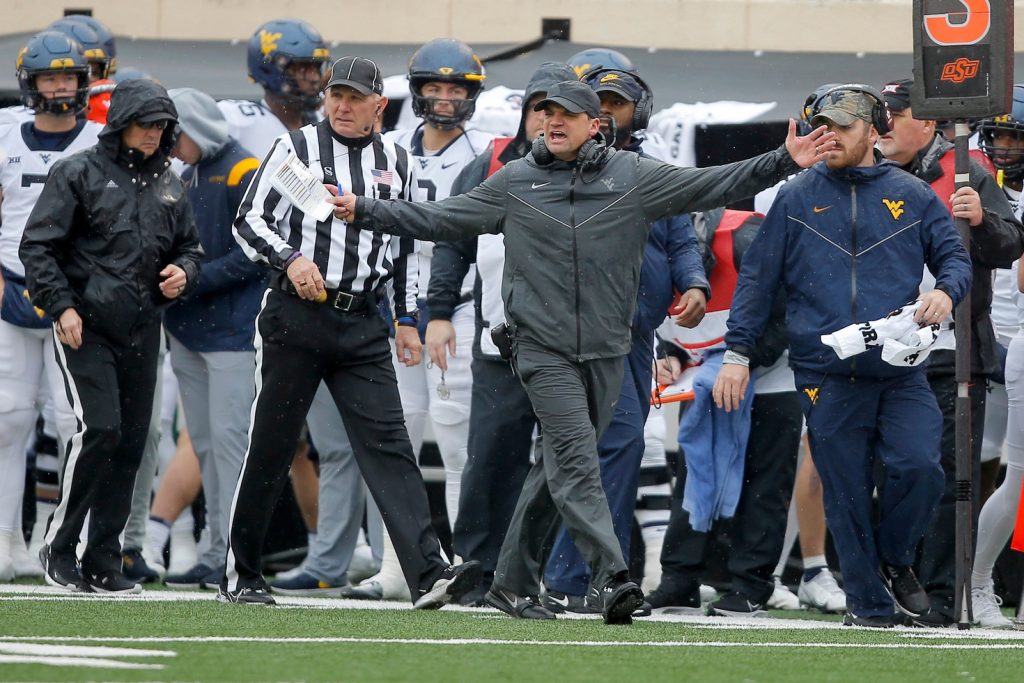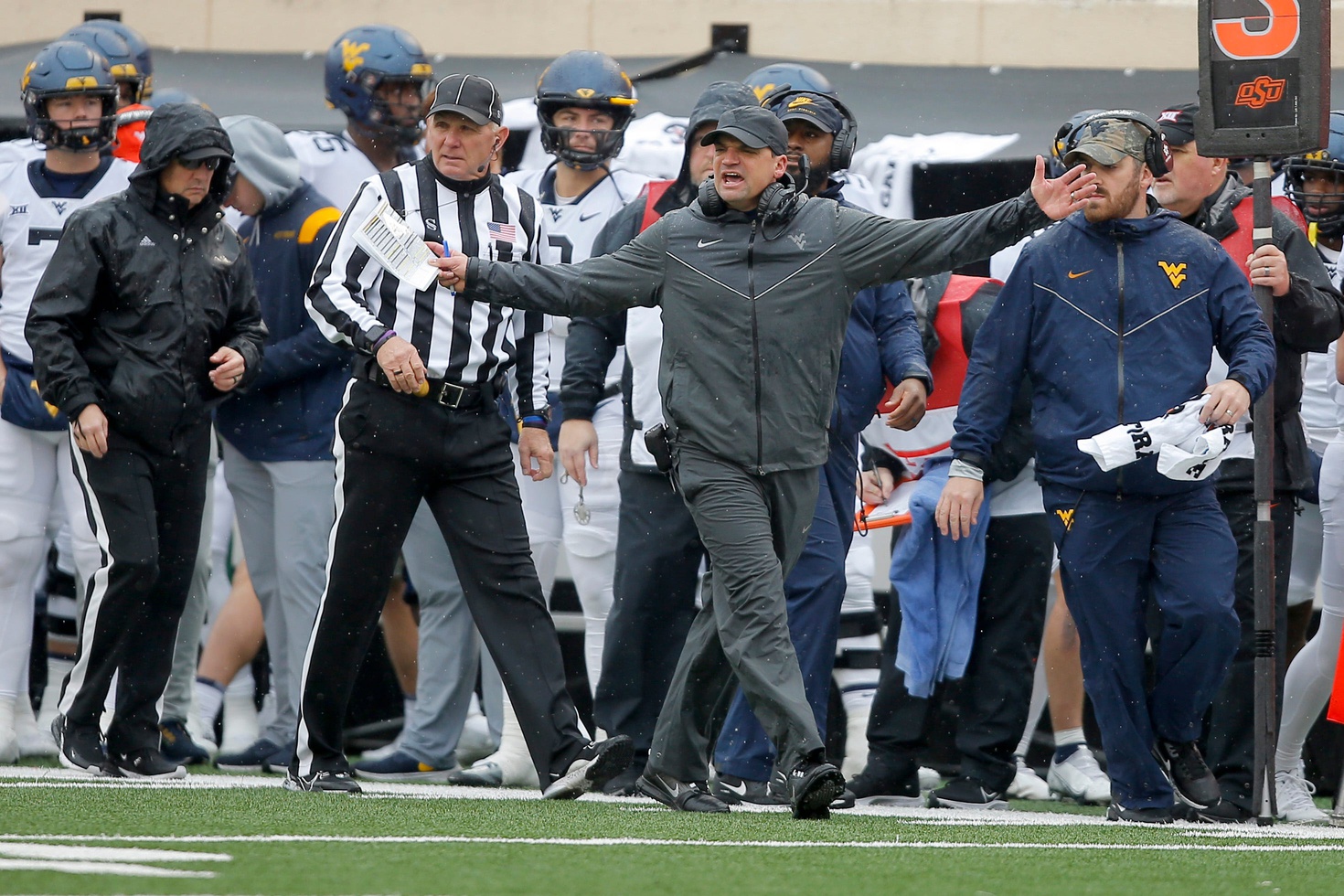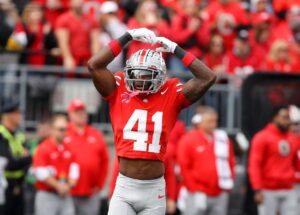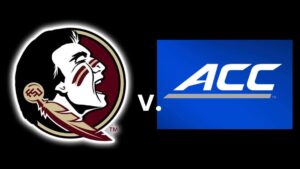Answering Morgantown’s Problem
About a month ago, we released an article titled “Morgantown, We Have a Problem.” In that article, we looked objectively at the on-field and draft results for the West Virginia Mountaineers during the Neal Brown Era. We offered a view through the overarching lens of college football’s changing landscape. Despite the generally negative view we took, we predicted that we would offer solutions through a Summer series. As such, we offer the first part of our series looking at how the powers that be might go about answering Morgantown’s problem with its football program.
Ways to Assess Success
We start by beating a familiar drum: what do star ratings actually mean? The premises in the article remain true. Star ratings for individual players do not guarantee success, but they are predictive of it. Accumulated talent rating for an entire roster similarly does not guarantee success. That said, out of all games by Power Five schools, the star ratings accurately predicted well over 70% of the results of games played.
247Sports features a useful tool here called the College Football Team Talent Composite. 247Sports looks at the composite recruiting ranking for all players on a team’s roster as of August of the coming season and accumulates those ratings. Again, the rankings do not guarantee team success. That said, playing out schedules on paper leads to a correct prediction well over 70% of the time compared to actual results.
How does that apply to West Virginia during the Neal Brown era? We looked back at the Mountaineers’ team talent composite rating against its schedules. In 2019, the team composite rating predicted WVU to finish 5-7. They finished on the money. In 2020, the rating predicted a 5-5 finish. They finished 6-4. In 2021, the rating predicted a 3-10 finish. They went 6-7 instead. Finally, in 2022, the rating predicted a 6-6 finish. They won five games, about 15% worse than expected. Overall, the rating predicted a 19-30 record for West Virginia over the last four seasons. In reality, they finished 22-25, outperforming expectations (measured by the talent composite rating) by three wins, or 15%.
Given the margin of error, an extra win or loss can be expected. Above or below that, and a team had a statistically odd season. Brown offered fans one such season out of four. Otherwise, he fell within the predicted range 75% of the time.
So, What’s the Problem?
The problem is this: regardless of how they get their players, West Virginia finds itself behind its peers in terms of talent evaluation, acquisition, and retention. The evaluation itself may not be a problem either. Brown and staff certainly offer plenty of players rated highly in the composite ratings. Indeed, they often find and offer such talent well before the players end up on the national scouting radar.
Ultimately, then, it comes down to acquisition and retention. They need to hit on a higher percentage of their offers for players in the 87 rating range and above. Two to three more players within that rating classification each year brings the Mountaineers’ predicted win total up by two wins in 2020, three wins in 2021, and two wins in 2022. They would still have to perform within the range of those expectations, of course. That said, Brown has fallen within the expected range of wins based on roster composition in each of his four years here. As such, there is little reason to believe that adding a couple more highly-rated recruits each offseason would yield the winning season Mountaineers fans expect.
Talent retention issues magnify those problems. Consider this: over the last two transfer cycles prior to the 2022 season, West Virginia lost three four-star players: Akheem Mesidor, Tykee Smith, and Jackie Matthews. West Virginia also lost three more players rated 88 or 89 (Daryl Porter Jr., Winston Wright, and Dreshun Miller). Imagine the 2022 team with that talent plus a handful of extra blue chips hanging around. There are plenty of “barely-missed” players in that pile, too. In that case, WVU has the “Jimmies and Joes” to warrant an expected win total of ten.
How Do We Address the Problem?
Believe it or not, some decisions are not made solely for the money. At least one of the aforementioned transfer portal losses had to do with a player’s perception that team rules mattered more than player needs. Another had to do with a player’s perception that team needs far outpaced the development of a player’s individual skill set. Today’s young person is different than a young person from even just ten years ago. Individual needs have to be balanced more carefully because player mobility has reached a peak. For better or worse, NIL considerations have to be balanced as well. Prior to last season, West Virginia reportedly ranked highest in the Big 12 in NIL deals per player on average. That the nationwide average rose substantially heading into the 2023 season, we suspect money played a larger role this cycle.
At some point, if West Virginia remains set on retaining its current coaching staff, then it needs to ensure two things. First, it needs to ensure that NIL valuations are appropriately adjusted to acquire and retain valuable talent. Second, it needs to ensure that the staff understands how to best balance the team’s needs and the needs of the individuals. This last point is something we will expound upon in a later segment in this series as we continue our attempt at answering Morgantown’s problem.







